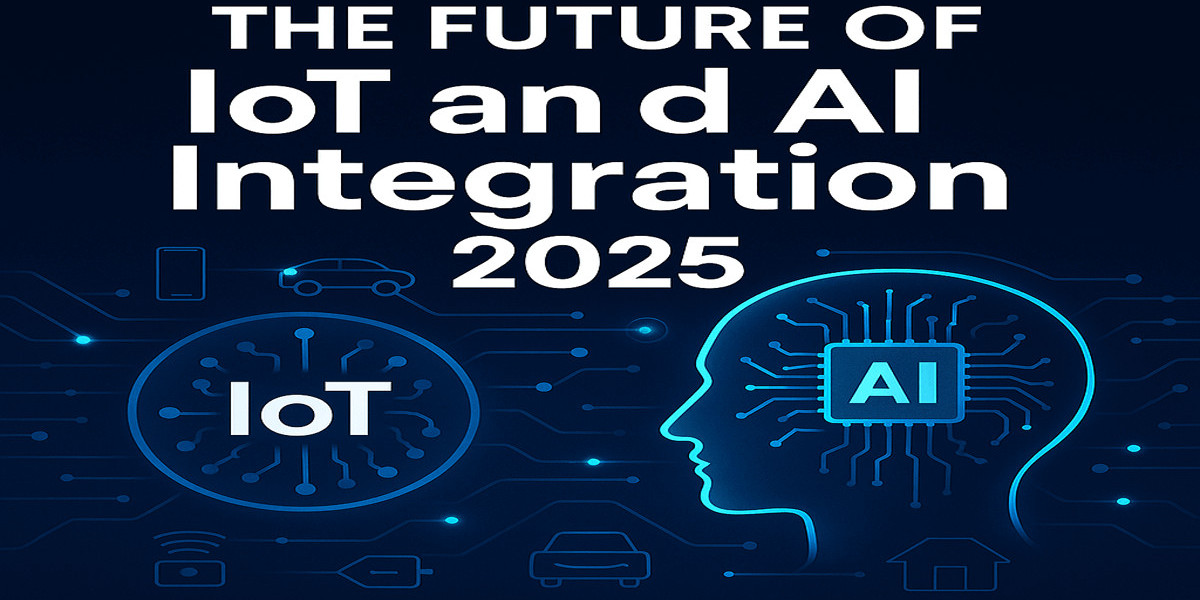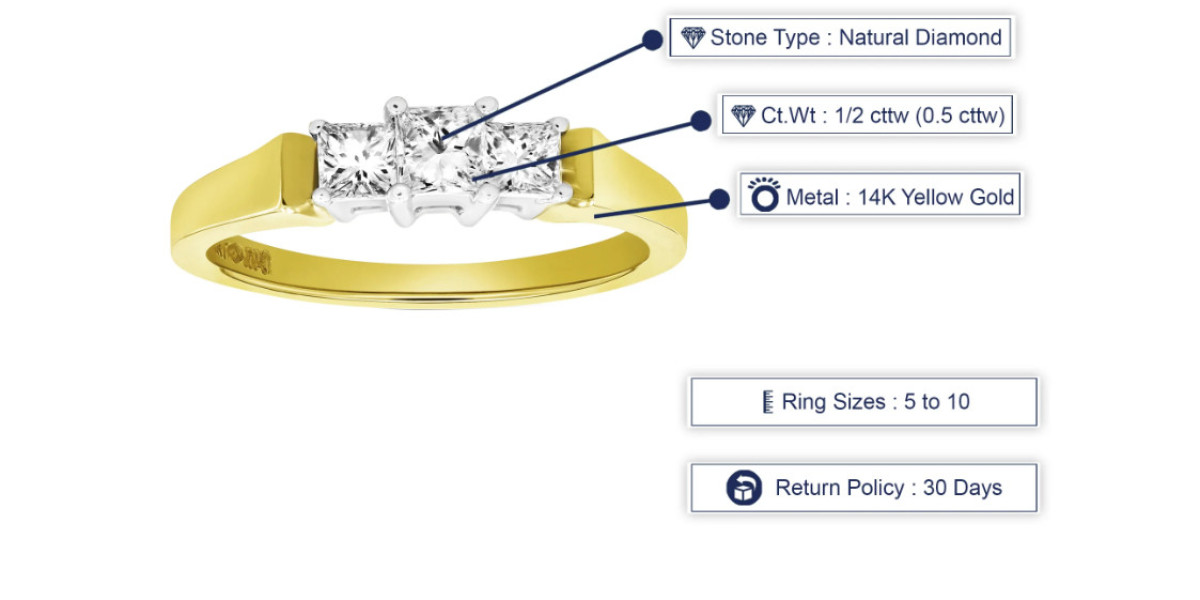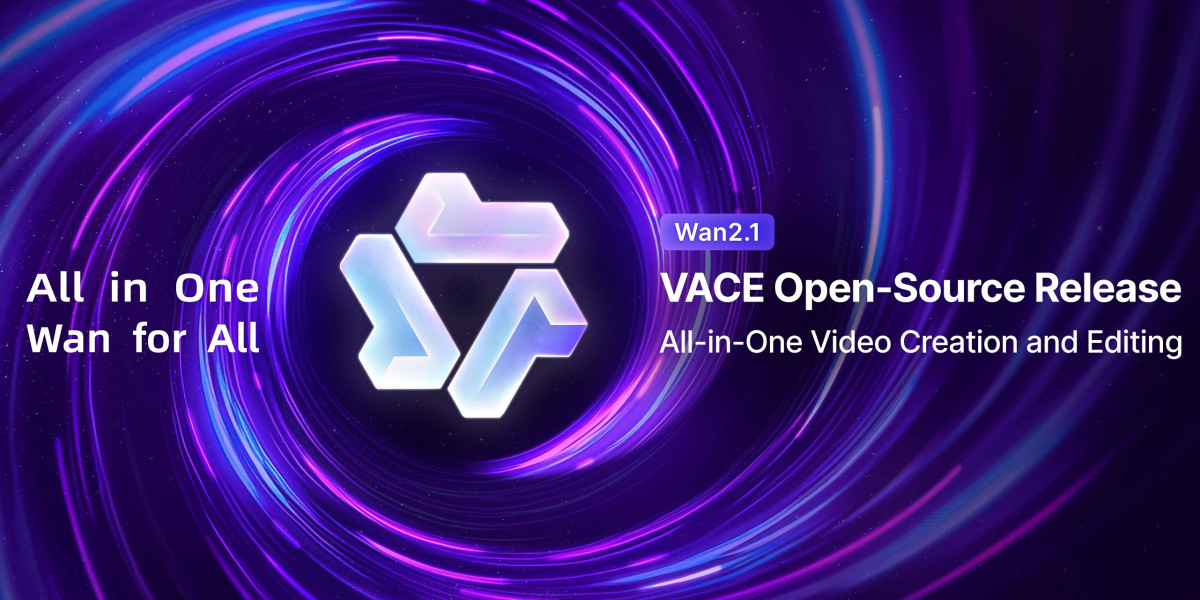In 2025, the fusion of IoT and AI integration is reshaping how machines communicate, businesses operate, and societies thrive. The convergence of the Internet of Things (IoT) with Artificial Intelligence (AI) is no longer futuristic — it's already here, driving smart cities, industrial automation, and intelligent consumer ecosystems. As IoT and AI integration 2025 takes center stage, industries are leveraging this synergy to optimize operations, reduce human error, and unlock real-time decision-making.
What is IoT and AI Integration?
IoT refers to the network of interconnected devices that collect and share data, while AI enables these devices to analyze, learn, and make autonomous decisions. The integration of IoT and AI brings intelligent automation to devices, enhancing their ability to adapt, predict, and evolve.
How IoT and AI Integration Is Changing the Game in 2025
From healthcare to agriculture, the powerful duo of IoT and AI is revolutionizing how industries function. Here are the top sectors experiencing a transformation:
1. Smart Manufacturing (Industry 4.0)
• Predictive maintenance using AI-driven insights from IoT sensors
• Robotics and automation for precision and safety
• Real-time production monitoring with automated alerts
2. Healthcare
• Wearables collecting patient vitals with AI diagnosing anomalies
• Smart hospitals with automated inventory and energy management
• Remote surgery support powered by edge AI and IoT connectivity
3. Smart Cities
• AI-enabled traffic management based on IoT camera feeds
• Automated waste management systems
• Smart street lighting and energy optimization
4. Agriculture
• AI-driven precision farming based on IoT soil and weather sensors
• Livestock monitoring using smart tags
• Water and nutrient automation for crops
5. Retail & Supply Chain
• Inventory forecasting using IoT + AI analytics
• AI-powered demand prediction
• Cold chain monitoring for perishables
Benefits of AI and IoT Integration
• Enhanced Efficiency: Real-time decision-making reduces delays and boosts productivity
• Cost Savings: Predictive analytics cuts down maintenance and resource waste
• Improved Safety: AI monitors risk parameters from IoT devices to prevent accidents
• Better Customer Experience: Personalized services powered by AI insights from IoT data
Challenges in 2025
Despite the rapid growth, there are some hurdles:
• Data Privacy & Security: As more devices connect, vulnerability increases
• Infrastructure Requirements: High-speed connectivity and edge computing are necessary
• Standardization: Interoperability remains a concern across different ecosystems
The Role of 5G and Edge AI
2025 is witnessing mass adoption of 5G and edge computing, allowing faster, low-latency processing of IoT data. Instead of sending data to the cloud, AI can process information on the edge device itself. This is crucial for time-sensitive applications like autonomous vehicles, smart grids, and medical devices.
Real-World Examples in 2025
• Tata Power uses IoT-AI for grid monitoring and predictive energy distribution.
• Apollo Hospitals deploys wearable AI-integrated IoT devices for chronic disease monitoring.
• Mahindra Agritech is implementing AI-IoT systems to automate irrigation based on real-time soil data.
The Road Ahead: What to Expect Beyond 2025
As both technologies evolve, we can expect:
• Increased adoption of digital twins
• More autonomous decision-making devices
• Broader use of generative AI models integrated with IoT for real-time content or data generation
Final Thoughts
IoT and AI integration 2025 is proving to be more than a buzzword—it’s a technological alliance with the power to redefine industries, enhance human capabilities, and create a more efficient and intelligent world. Businesses investing in this synergy today are setting themselves up for long-term success.
As connectivity expands and AI models become more robust, the line between the digital and physical world continues to blur, opening new possibilities for innovation, automation, and sustainability.
In the coming years, the winners in this space will be those who not only adopt the technology but adapt their strategies to leverage it fully.
Content Source - https://tagbinnews.blogspot.com/2025/05/the-future-of-iot-and-ai-integration.html







